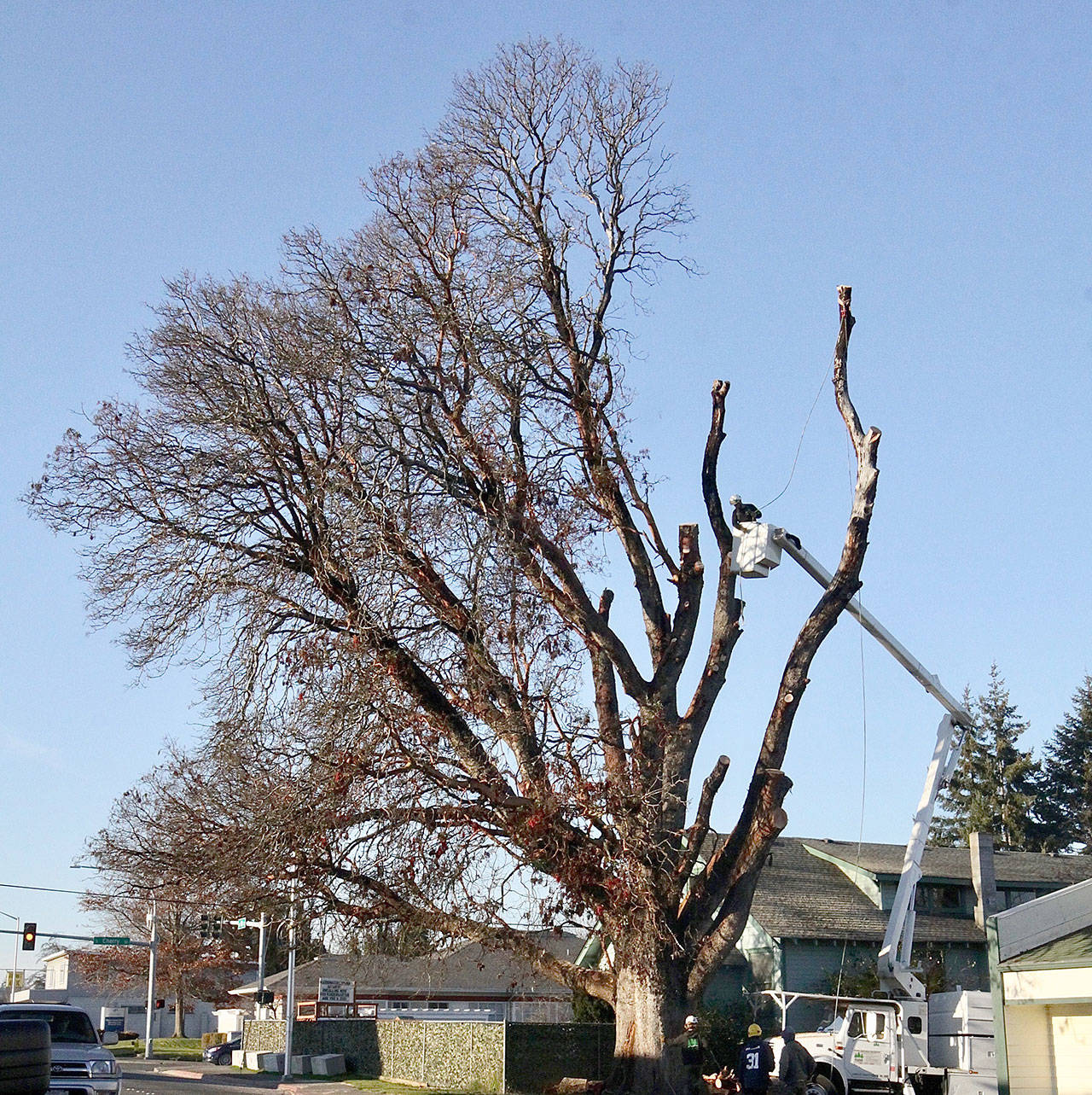5 Reasons Why Your Arbutus Tree Is Dying
Decoding the Decline of Arbutus Vitality
Need help with your yard? Get your free quote today!
Get a Free Quote!
The Fading Titans: Decoding the Decline of Arbutus Vitality in Victoria, BC
Introduction
Endemic to British Columbia's coastal landscapes, the Arbutus tree (Arbutus menziesii), also known as the Pacific Madrone, transcends mere ornamental value. With its signature red, peeling bark and lustrous evergreen foliage, the Arbutus offers critical ecological services, from wildlife shelter to soil anchoring. Alarmingly, recent data indicates a precipitous decline in the health of these trees, particularly in Victoria, BC, garnering the concern of ecologists, urban planners, and residents. This article deciphers the intricate web of factors leading to this diminishing vitality and proposes actionable solutions.
Abiotic Stressors
Urban Expansion and Human Intrusion
Victoria's burgeoning urban sprawl threatens the Arbutus by diminishing their natural habitats. The alteration of soil structure, coupled with pollution emanating from road and marine traffic, disrupts the ecological niches these trees inhabit. Such anthropogenic influences impair not only their physical development but also their inherent resilience against diseases.
Climate Alterations and Water Scarcity
The Pacific Northwest, which encompasses Victoria, faces looming threats of climbing temperatures and reduced rainfall, according to contemporary climate models. These changes amplify the Arbutus trees' susceptibility to drought, undermining their natural defense mechanisms and making them vulnerable to a plethora of stressors.
Disruption of Root Infrastructure
Land-use shifts often necessitate soil disturbances like digging and grading, directly affecting the root matrices of adjacent Arbutus trees. Such intrusions inhibit efficient water and nutrient absorption, contributing to the ongoing decline.
Biotic Stressors
Pathogenic Fungi
The Arbutus serves as a host to a spectrum of over 21 pathogenic fungi, primarily causing foliar discolorations. Under stressed conditions, these otherwise benign fungi can escalate into lethal diseases such as root rot and canker. Notable pathogens include Phytophthora cactorum, Nattrassia mangiferae, and Fusicoccum aesculi.
Competition for Ecological Resources
In a forest ecosystem, the struggle for nutrients, sunlight, and space is inevitable. Arbutus trees already compromised by stressors are ill-equipped to compete, weakening them further and heightening their vulnerability to diseases.
Synergistic Outcomes and Feedback Loops
The intersection of these varied factors triggers a vicious cycle. Weakened trees are more susceptible to disease, which in turn exacerbates their stress levels, diminishing their adaptability to environmental changes and subsequent pathogens. This self-reinforcing loop potentially expedites the deterioration of Arbutus populations, causing a ripple effect across the ecosystems they support.
Remediation and Future Trajectories
Regulatory Safeguards
Municipal bodies like the City of Victoria can play a pivotal role in Arbutus preservation by enforcing stringent tree protection legislation and curbing irresponsible land development adjacent to natural reserves.
Civic Engagement and Grassroots Initiatives
Elevating public understanding about the critical role of Arbutus trees could catalyze community-led conservation movements. Simple preventive measures, such as avoiding unnecessary pruning and judiciously watering saplings, can have a significant impact.
Scientific Exploration
Comprehensive research is imperative to pinpoint the predominant factors driving Arbutus decline. This should encompass genetic studies to discern whether specific genotypes exhibit heightened resilience against stressors.
Conclusion
The dwindling Arbutus populations in Victoria, BC, are a crisis born from a maelstrom of both abiotic and biotic factors, further exacerbated by human activities. While short-term palliative interventions are essential, only a holistic strategy—incorporating legislative action, community involvement, and advanced research—can offer a sustainable pathway to revitalizing these fading titans.
